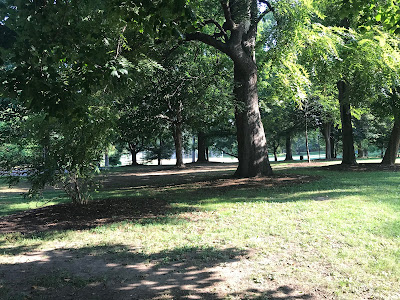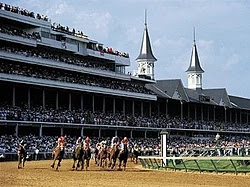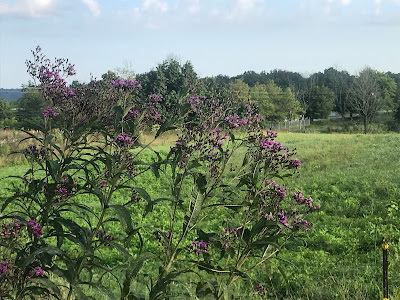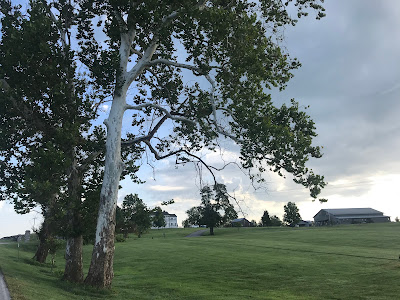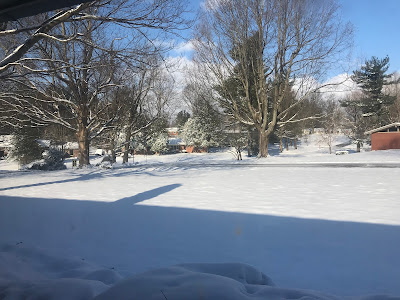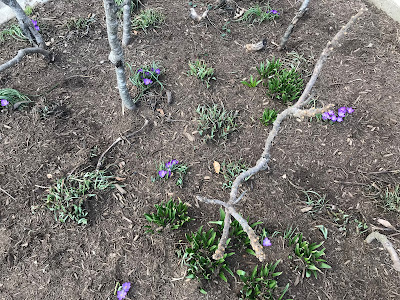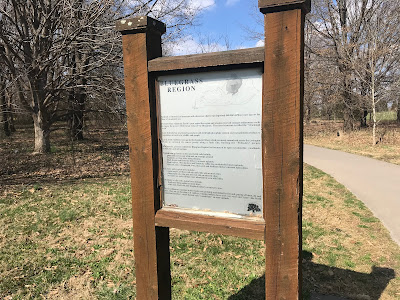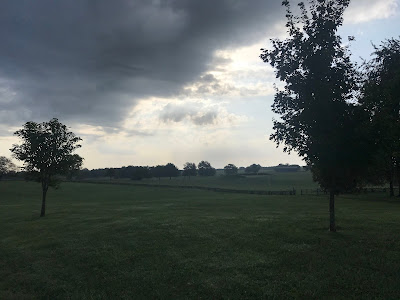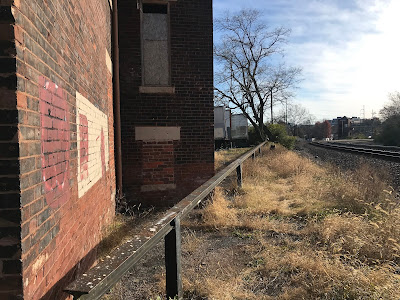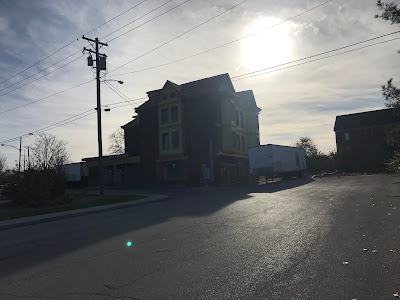In Kentucky, Rain and Tears
When I was strolling on the beach recently a fellow walker greeted me with “Go, Hoosiers!” I almost cheered him on. There are plenty of Hoosiers in my family and I went to college in Indiana for two years. Then I realized what he was up to. I’d almost forgotten that I was wearing my Kentucky T-shirt that day. He was asserting dominance.
There’s been no forgetting my home state these last few days. As more tragic reports flow from the flooding in Whitesburg and Hazard and other Appalachian towns, it’s hard not to think about the dire straits in which my fellow Kentuckians find themselves.
These people had so little to begin with. They live on steep mountain roads with creeks in their backyards. The rains that triggered floods and mudslides are supposed to happen once or twice in a thousand years. People weren’t expecting creeks to become raging torrents that lifted up refrigerators and cars and, worst of all, swept away children and parents and brothers and sisters.
More rain fell last night in Kentucky … and more tears, too.
(On dryer ground: a photo taken last year in central Kentucky.)
